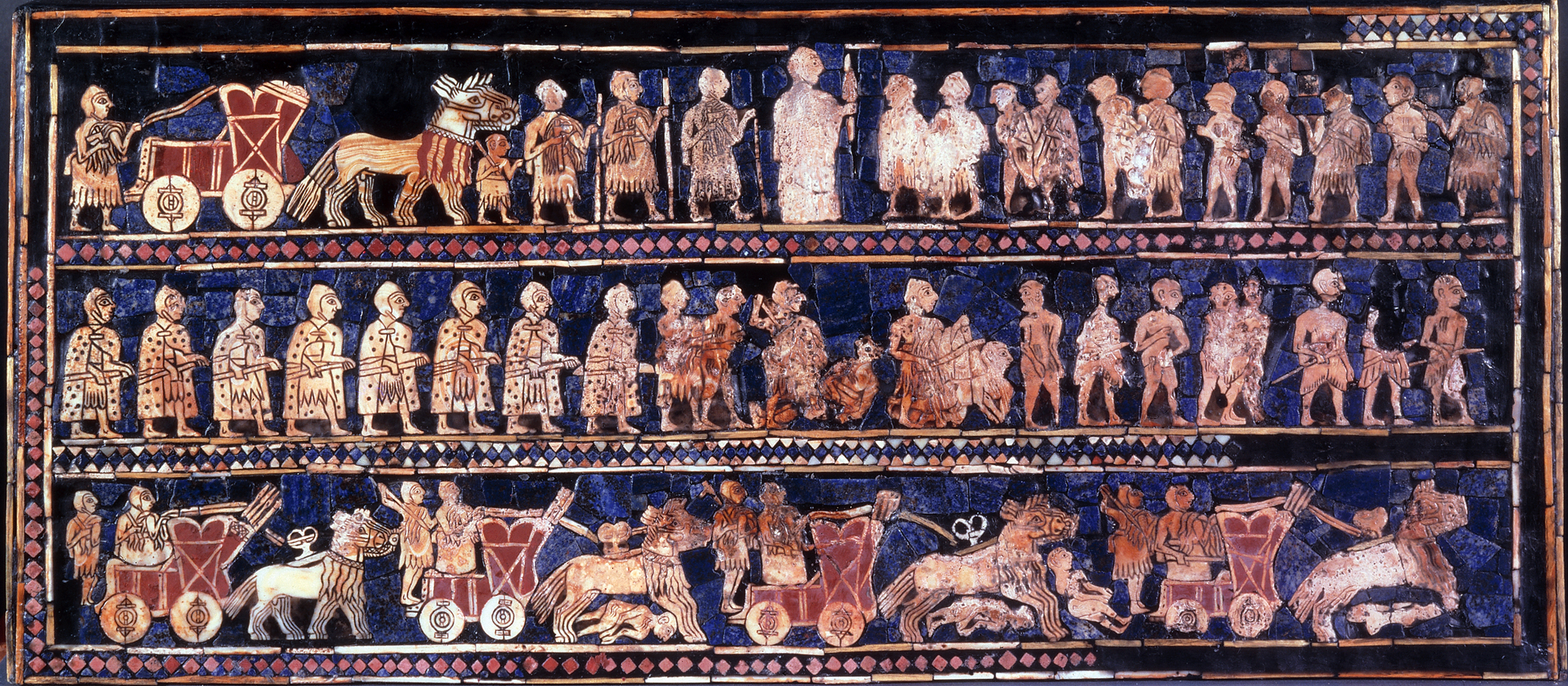
Pre-History:
Archaeology of the Near East
Hello from Pre-History
The Pre-History Podcast covers the archaeology of the ancient Near East (Middle East) from the beginning of the archaeological record here onwards through time. This will be done in a narrative format, with episodes moving along across time and space to cover what we know about all periods of the prehistoric archaeology of this fascinating region. Each episode will cover a different aspect of the archaeological record of the ancient Near East with a discussion of what has been discovered about people, societies and cities as we move through time, including special discussions of current theories, new discoveries and interesting archaeological sites from each time.
As we move through time looking at the archaeological record of the ancient Near East, each podcast episode looks at a different chronological period, or a different aspect of the archaeology of that period. Thus far we have discussed what we currently know about the timing and process of human evolution and the spread of Homo erectus into the Near East and what we know about how they lived during the Lower Palaeolithic, as well as what we know about the lifestyles of Neanderthals and Anatomically Modern Humans in the Near East during the Middle Palaeolithic, the move from Neanderthals to modern humans in the Upper Palaeolithic, changes to human movement and food preparation in the Epipalaeolithic and the domestication of plants and animals in the Pre-Pottery Neolithic. We have now said goodbye to the world of the Pre-Pottery Neolithic in the ancient Near East and have been looking a the changes to societies across the Near East after the end of the Pre-Pottery Neolithic, in what is variously called the Ceramic Neolithic, the Pottery Neolithic or the Late Neolithic. We have seen the development of a series of small regional cultures during the first millennium after the end of the Pre-Pottery Neolithic, over the course of the seventh millennium BCE. Now we look at how this pattern changes over the next thousand years, during the sixth millennium cal BCE as some of these smaller regional cultures come together into larger groups once more, first with the Halaf culture of northern Mesopotamia and now with the Wadi Rabah culture of the Southern Levant.
For a look at some of the topics and locations which are discussed in current and previous podcast episodes, have a look at the posts associated with each episode:
Latest Posts
Follow My Blog
Get new content delivered directly to your inbox.